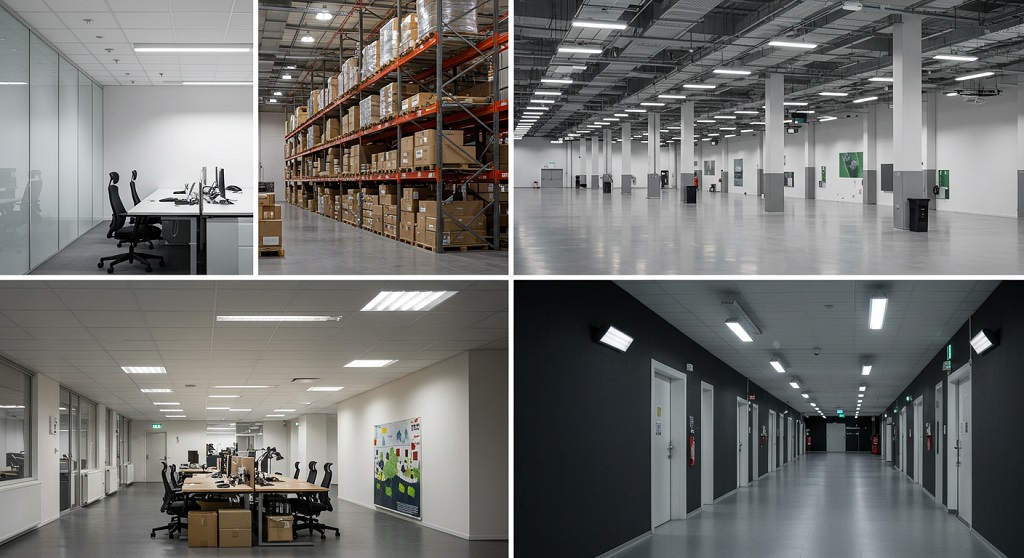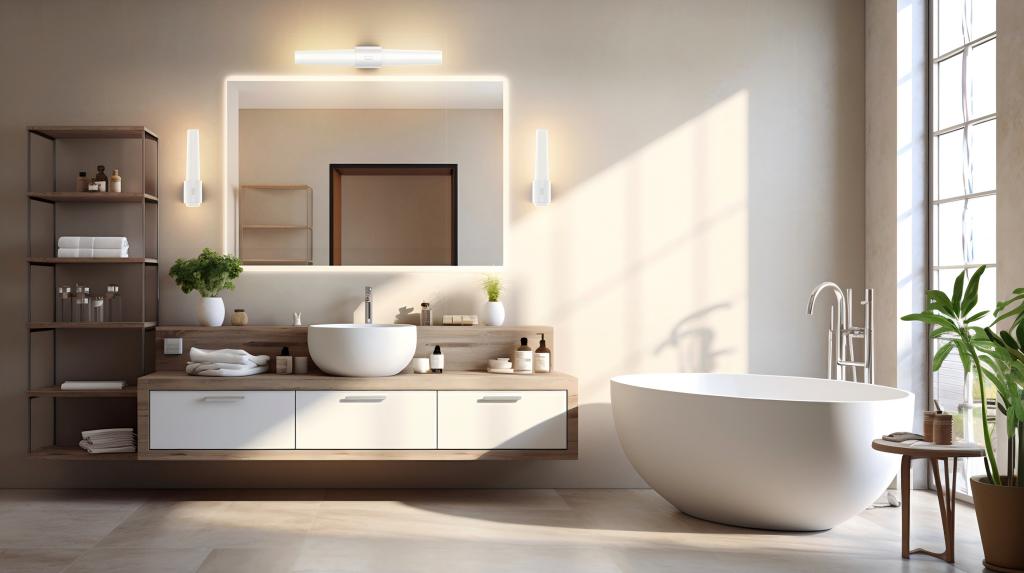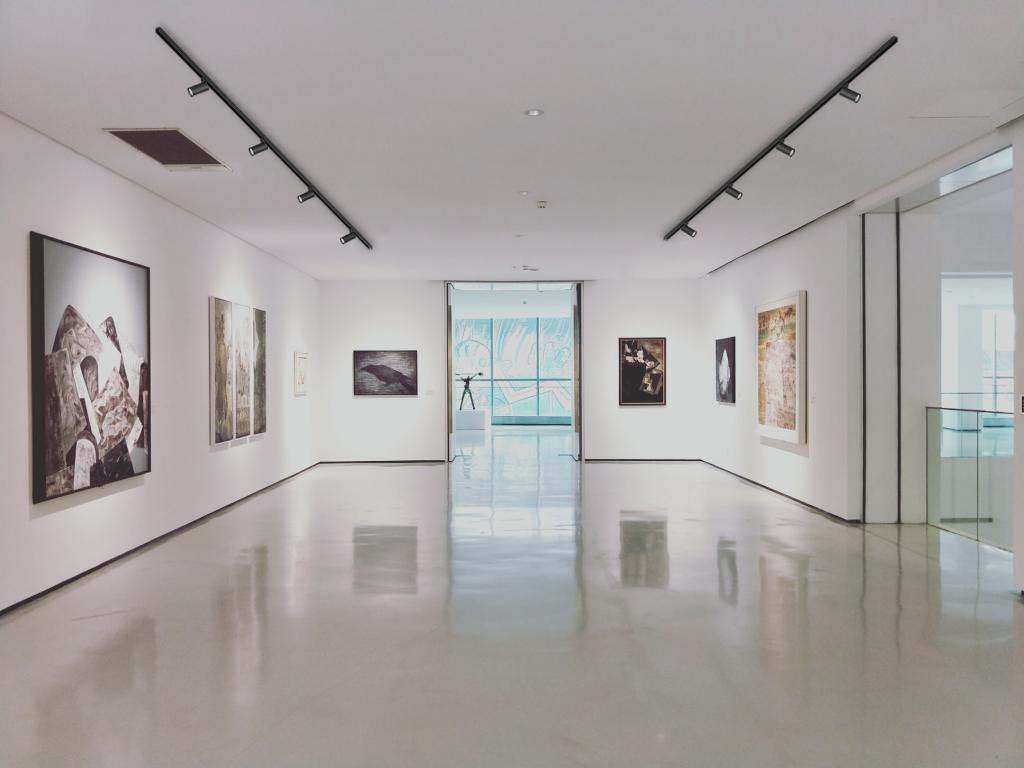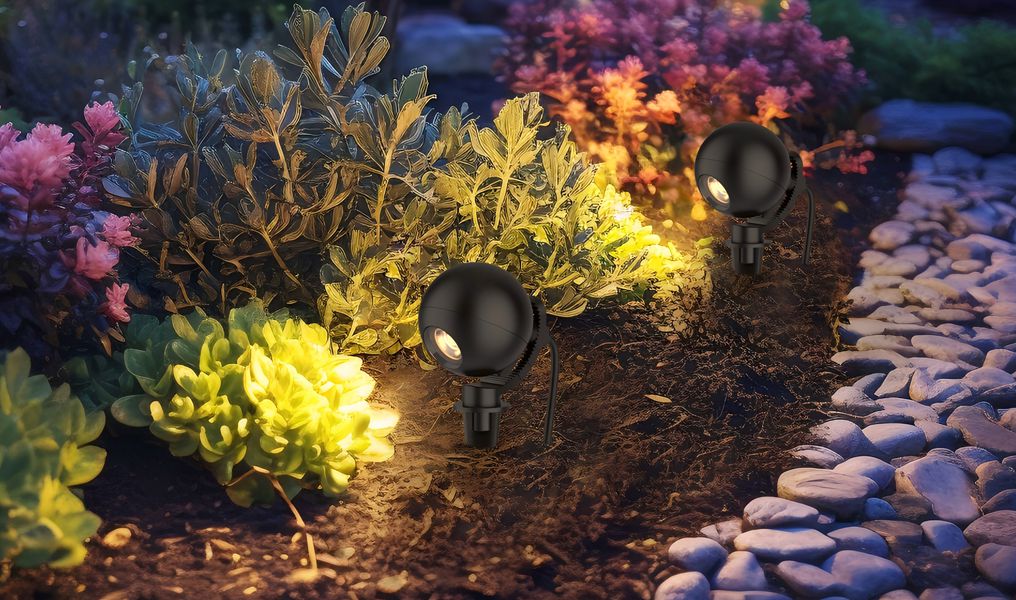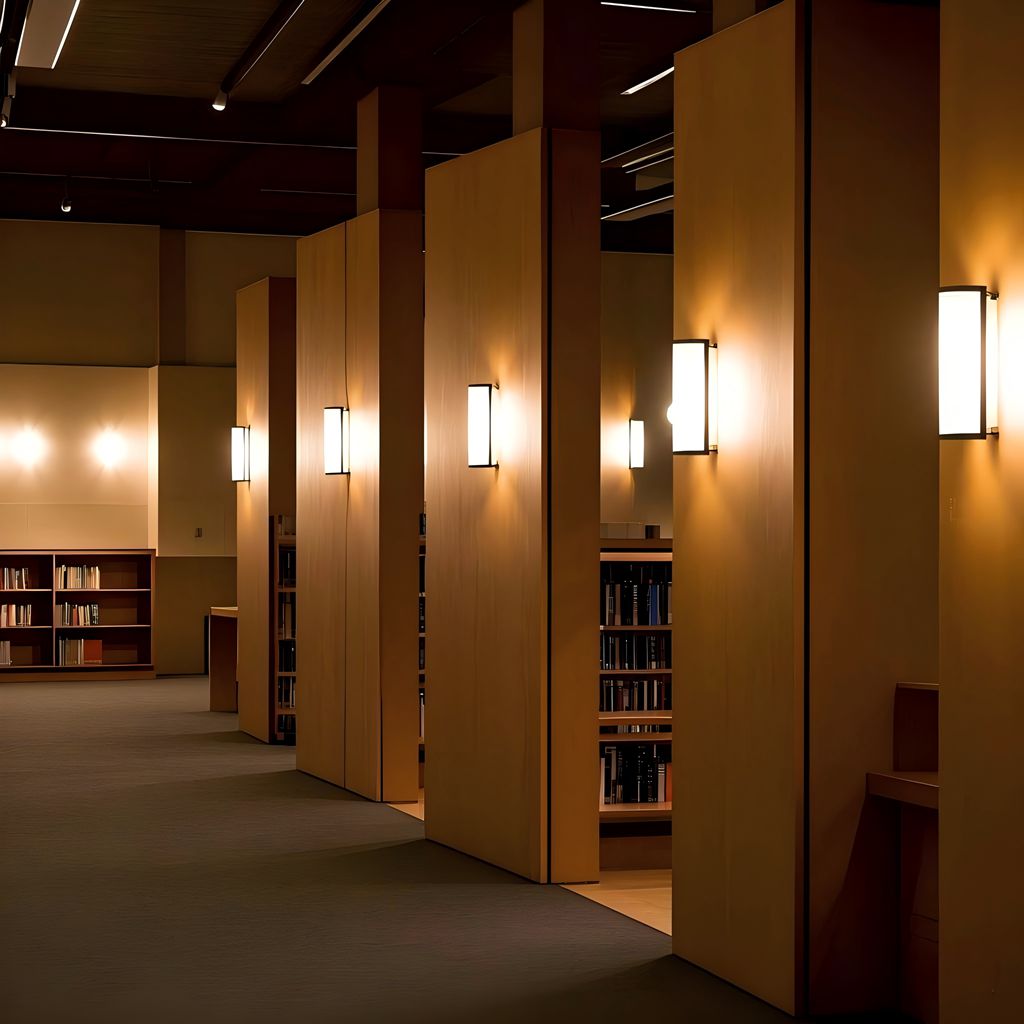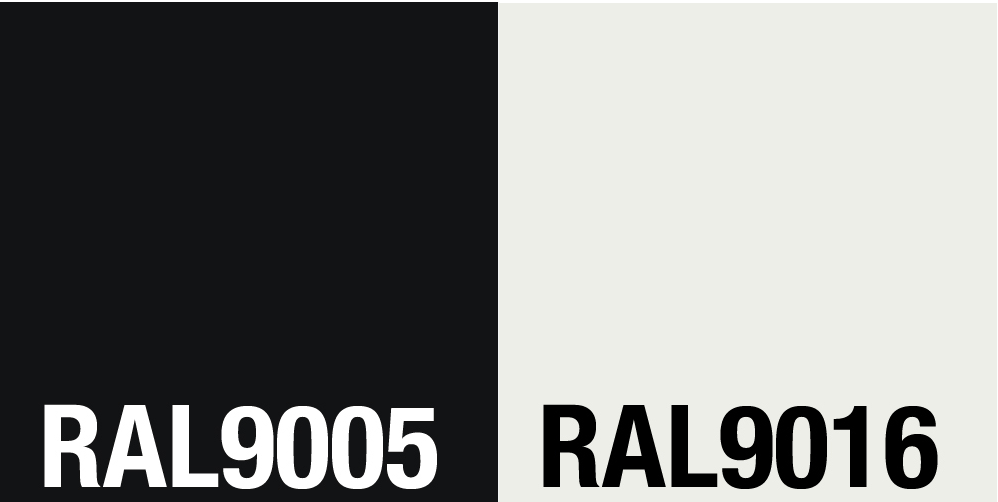
AL 9005 and RAL 9016 are two different standard colors used in product finishing. RAL 9005 is a black color and RAL 9016 is a white color.
These colors are part of the RAL color matching system, which is a standardized system used for color matching in the paint and coatings industry. The RAL system assigns a unique number to each color, which allows for accurate color matching across different manufacturers and applications.
When a product is finished with RAL 9005 or RAL 9016, it means that the product has been painted or coated with paint or powder coating in that specific color. These colors are commonly used in product finishing for items such as metal cabinets, appliances, and automotive components.
What other colors are available in the RAL color-matching system?
The RAL color matching system includes a wide range of colors, including both solid colors and metallic colors. There are currently over 2,300 RAL colors in the system.
Some of the commonly used RAL colors, in addition to RAL 9005 (black) and RAL 9016 (white), include:
- RAL 3000: Flame Red
- RAL 5002: Ultramarine Blue
- RAL 6005: Moss Green
- RAL 7016: Anthracite Grey
- RAL 9003: Signal White
- RAL 9006: White Aluminium
- RAL 9007: Grey Aluminium
These are just a few examples of the many colors available in the RAL color-matching system. The RAL system is widely used in the paint and coatings industry and is recognized worldwide for its accuracy and consistency in color matching.
Is there any color-matching system that is commonly used in LED ?
There are several color matching systems that are commonly used in the LED industry. Two of the most widely used systems are the Commission Internationale de l'Eclairage (CIE) color space and the MacAdam ellipse.
The CIE color space is a mathematical model that describes the way colors are perceived by the human eye. It is based on three primary colors (red, green, and blue) and is used to define color coordinates for LEDs and other light sources. The CIE color space is often used in conjunction with the color rendering index (CRI), which is a measure of a light source's ability to accurately render colors.
The MacAdam ellipse is a measure of color consistency, which is important for LED lighting applications where color consistency is critical. The MacAdam ellipse is used to define color bins for LEDs, which ensures that LEDs within the same bin have consistent color characteristics. The MacAdam ellipse is based on the threshold of just noticeable difference (JND), which is the smallest detectable difference in color that the human eye can perceive.
In addition to the CIE color space and the MacAdam ellipse, there are several other color matching systems that are used in the LED industry, including the International Commission on Illumination (CIE) 1931 and 1964 color spaces, the American National Standards Institute (ANSI) C78.377 color system, and the National Television System Committee (NTSC) color space.

